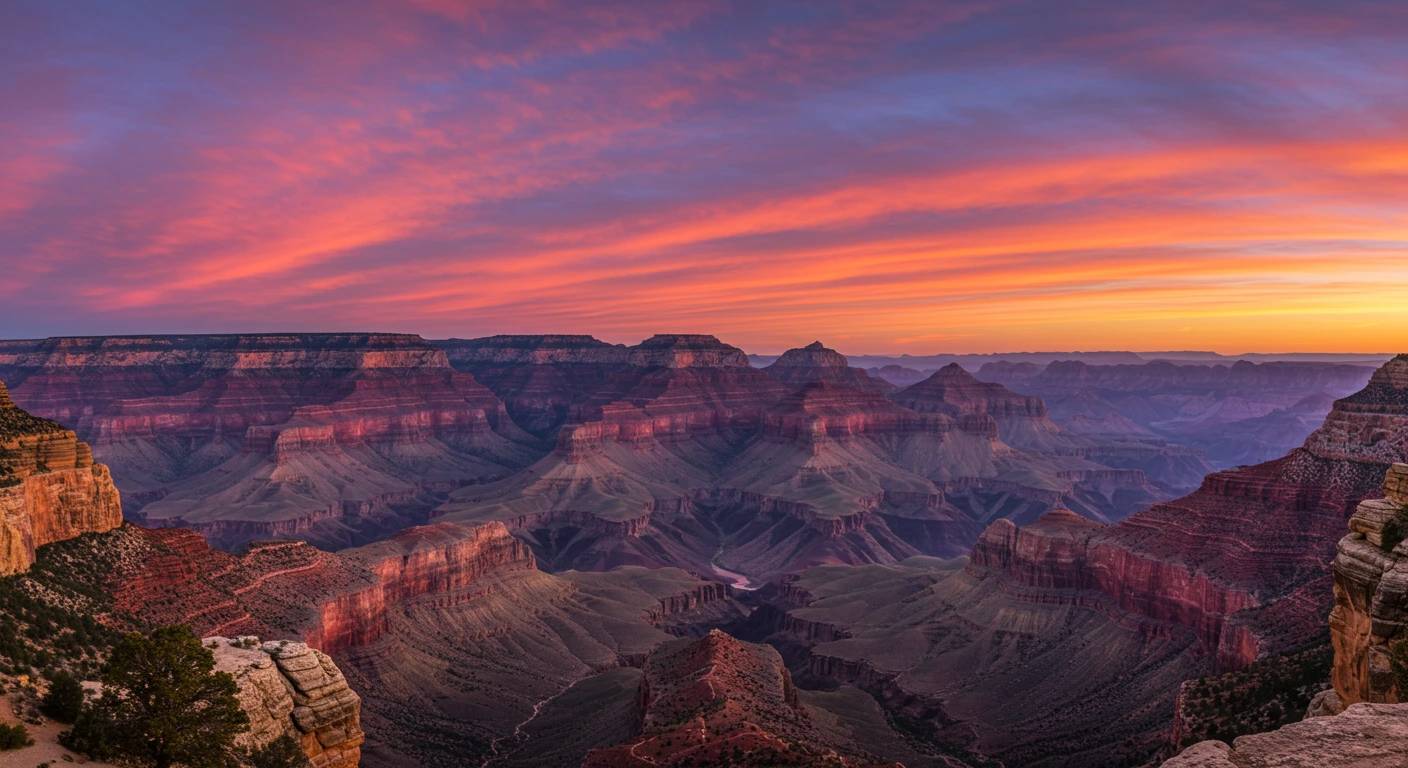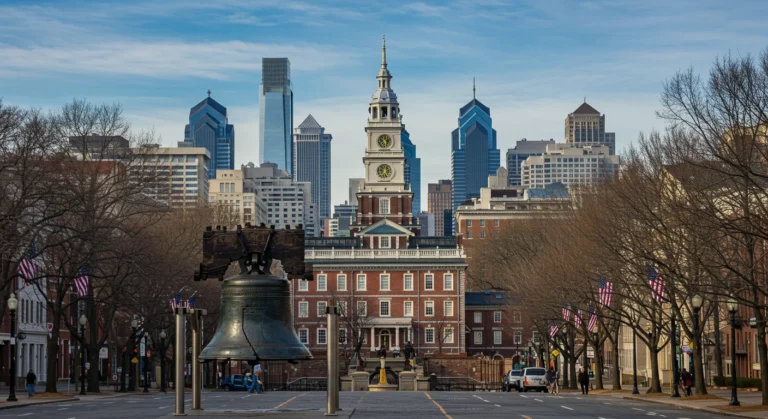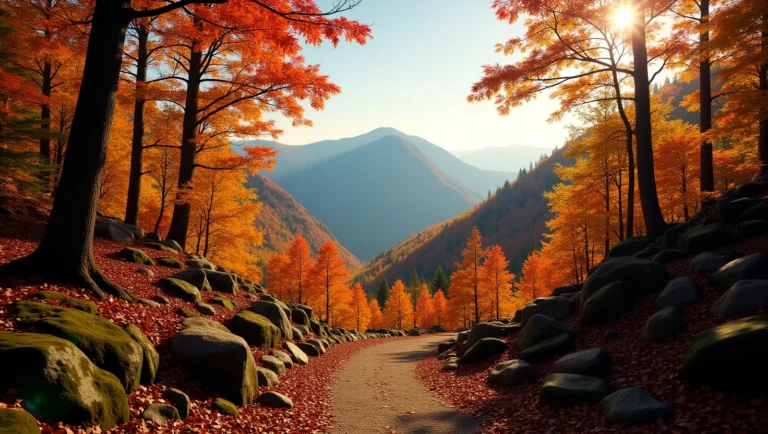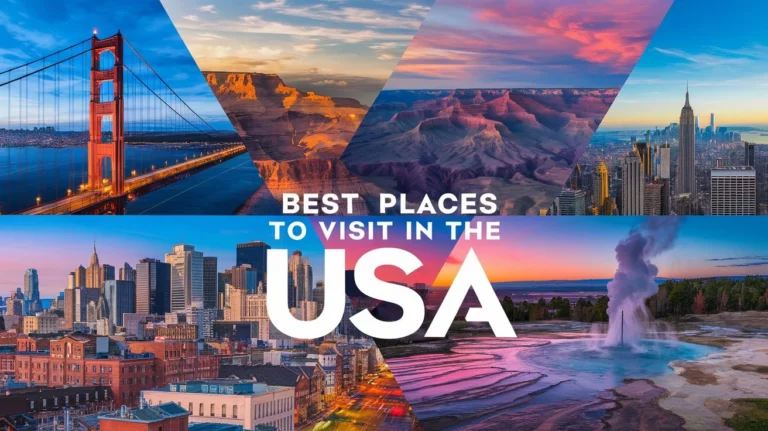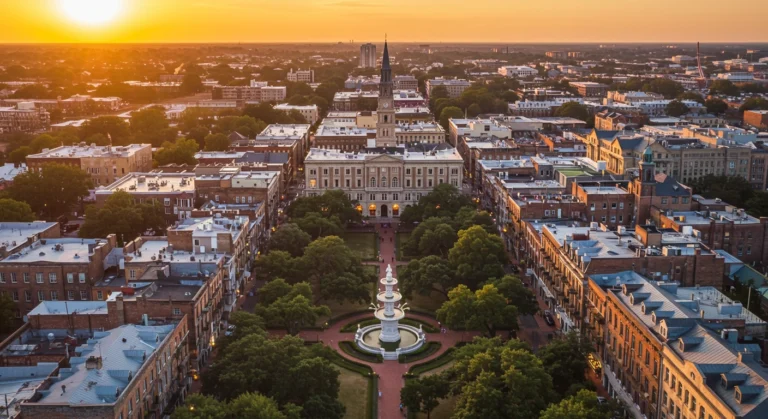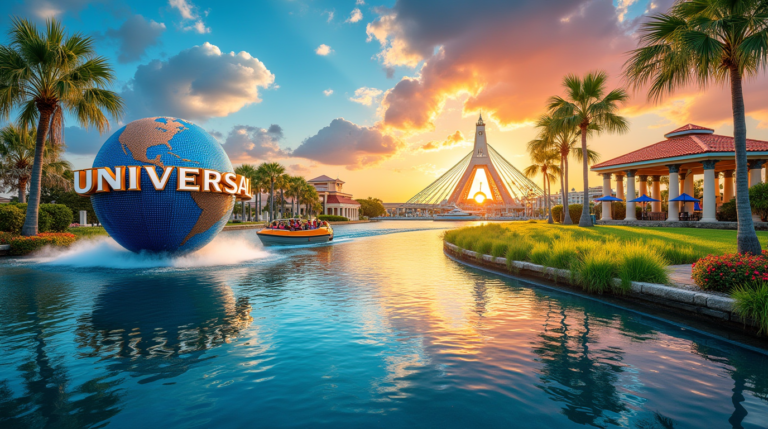best places to visit in arizona
Table of Contents
Introduction : Best Places to Visit in Arizona | A Desert Paradise Waiting to Be Explored
Ever found yourself daydreaming about red rock formations, breathtaking canyons, and that perfect desert sunset? Well, Arizona might just be calling your name. I’ve spent countless weekends exploring this southwestern gem, and let me tell you – there’s way more to the Grand Canyon State than just, well, the Grand Canyon (though it’s pretty spectacular too!).
Arizona is one of those places that gets under your skin. The combination of rugged landscapes, rich cultural heritage, and year-round sunshine creates an irresistible pull for adventure seekers, nature lovers, and anyone who appreciates a good margarita on a warm evening. 🙂
So grab your hat and sunscreen as we dive into the best places to visit in Arizona – from iconic landmarks to hidden treasures that most tourists never find!
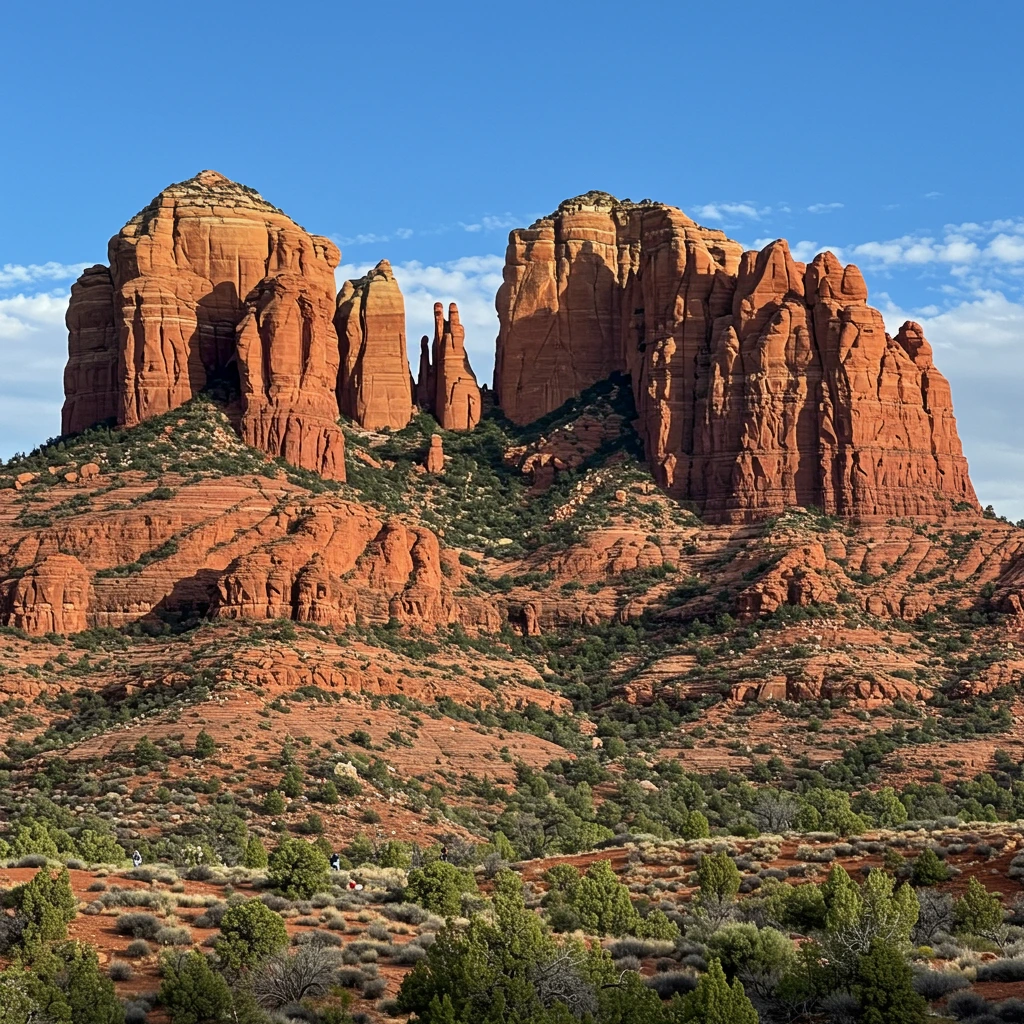
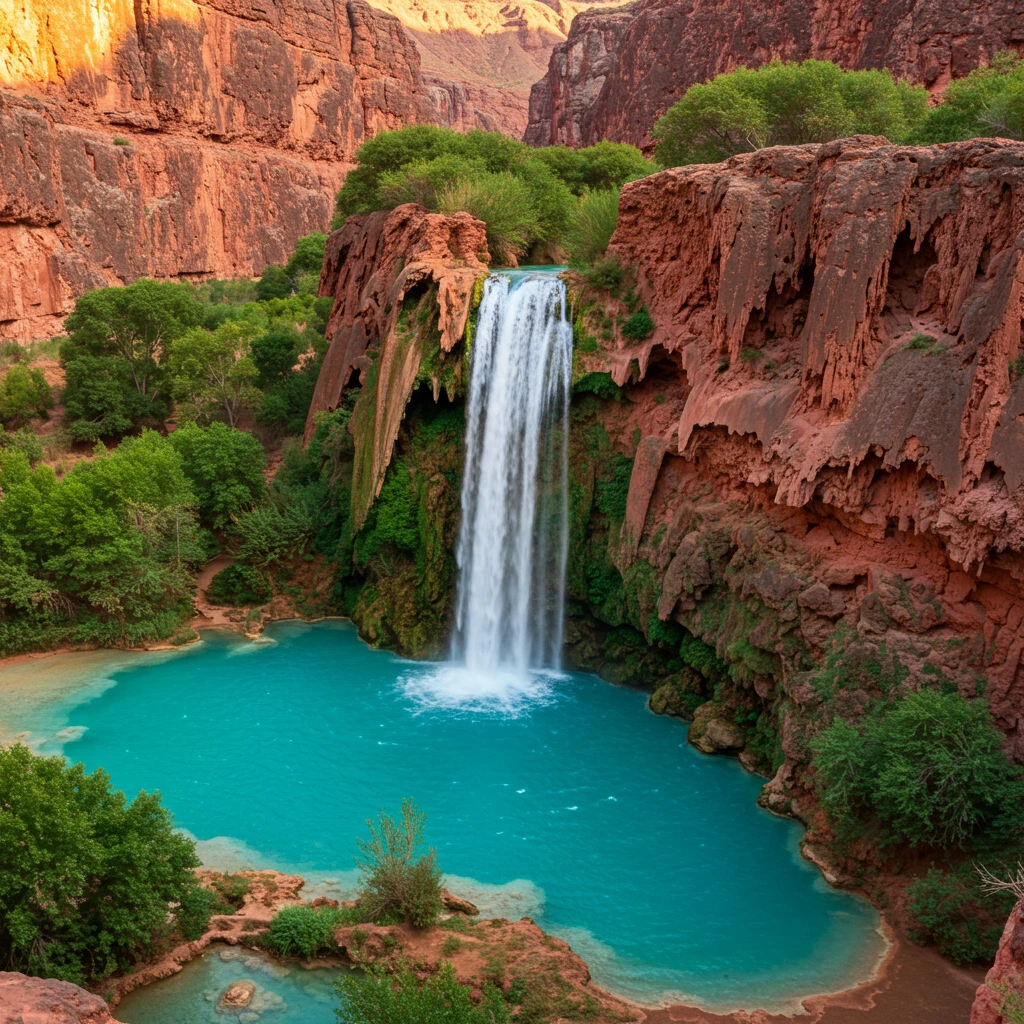
The Magnificent Grand Canyon
Let’s start with the obvious, shall we? The Grand Canyon isn’t just Arizona’s crown jewel – it’s one of the world’s most awe-inspiring natural wonders. Stretching 277 miles long and up to 18 miles wide, with depths reaching over a mile, this massive gorge carved by the Colorado River will literally take your breath away.
The South Rim is the most accessible and popular area, offering dramatic viewpoints like Mather Point and Yavapai Observation Station. Want to avoid the crowds? The North Rim receives just 10% of visitors and provides a completely different perspective (though it’s closed during winter months).
For the adventurous souls, hiking into the canyon is an unforgettable experience. The Bright Angel Trail and South Kaibab Trail offer day hiking options, but remember – what goes down must come up! The hike back is twice as challenging, and summer temperatures can soar to dangerous levels. Planning ahead is crucial, and don’t be that person who thinks they can hike to the river and back in a day without training.
FYI, sunrise and sunset are magical times at the canyon. The changing light transforms the rocks into a kaleidoscope of reds, oranges, and purples that no photo can truly capture. You’ve got to see it with your own eyes.
Sedona: Where Spirituality Meets Stunning Scenery
About two hours south of the Grand Canyon lies Sedona, a place that feels like it was crafted specifically for Instagram. The town is famous for its towering red rock formations, energy vortexes (yes, that’s a thing), and that incredible contrast between fiery orange rocks and deep blue skies.
Cathedral Rock, Bell Rock, and Chapel of the Holy Cross are must-see landmarks, but the real magic happens when you hit the trails. Oak Creek Canyon offers a refreshing escape from the heat with its swimming holes and lush vegetation – a stark contrast to what you might expect in Arizona.
Ever wondered why Sedona attracts so many spiritual seekers? The town is known for its vortexes – spots where the earth’s energy is supposedly amplified. Whether you believe in that or not, there’s something undeniably special about sitting atop Airport Mesa as the sun sets, watching the rocks glow like they’re on fire.
Downtown Sedona has a distinctly artsy vibe, with galleries, crystal shops, and enough Southwestern jewelry to make your wallet cry. The restaurant scene is surprisingly good too – nothing beats sipping a prickly pear margarita on a patio with those iconic red rocks as your backdrop.
Monument Valley: Step Into the Wild West
If you’ve ever watched a Western movie, chances are you’ve seen Monument Valley. This iconic landscape on the Arizona-Utah border, with its massive sandstone buttes rising from the desert floor, epitomizes the American Southwest.
The Valley Drive is a 17-mile dirt road that takes you through the heart of Monument Valley Navajo Tribal Park. While you can self-drive, I’d recommend splurging on a guided tour with a Navajo guide. They’ll share stories and legends about the formations, take you to restricted areas like the famous “Eye of the Sun,” and provide cultural insights you won’t get elsewhere.
Honestly, there’s something humbling about standing in the shadow of these ancient monuments. The silence of the desert, broken only by the occasional gust of wind, creates a powerful sense of connection to the land that’s hard to put into words.
Phoenix and Scottsdale: Urban Desert Oasis
Phoenix, Arizona’s capital and largest city, offers a perfect blend of urban amenities and desert adventures. The city and its upscale neighbor Scottsdale serve as great bases for exploring central Arizona while enjoying excellent restaurants, luxurious resorts, and world-class golf courses.
Desert Botanical Garden showcases the surprising diversity of desert plants (who knew there were so many varieties of cactus?), while Camelback Mountain provides challenging hikes with rewarding city views. Old Town Scottsdale channels a mix of Wild West charm and contemporary sophistication with its art galleries, boutiques, and buzzing nightlife.
Sports fans will find plenty to love here too – catch the Diamondbacks (MLB), Suns (NBA), Cardinals (NFL), or Coyotes (NHL) depending on the season. And in spring, baseball fans flock to the area for Cactus League spring training.
The food scene deserves special mention. From authentic Mexican cuisine to innovative farm-to-table restaurants, Phoenix and Scottsdale have become culinary destinations in their own right. Don’t miss the chance to try some of the local specialties like Sonoran hot dogs or fry bread.
Antelope Canyon: Nature’s Masterpiece
Have you ever seen those photos of smooth, wavy slot canyons with light beams streaming in? That’s Antelope Canyon, located near Page in northern Arizona. Split into Upper and Lower sections, these narrow sandstone canyons were carved by flash floods over thousands of years, creating one of the most photographed landscapes in the Southwest.
Upper Antelope Canyon is more accessible and famous for its light beams (best seen during midday in summer months), while Lower Antelope Canyon requires navigating stairs and ladders but tends to be less crowded. Either way, you’ll need to book a guided tour as independent visits aren’t allowed.
A word of warning – these canyons get extremely busy. Book well in advance and prepare for crowds, especially during peak season. Is it worth it? Absolutely. The way the light plays on the swirling sandstone walls creates an almost otherworldly experience that no photo can fully convey.
Havasu Falls: The Desert’s Hidden Paradise
If I had to pick Arizona’s best-kept secret (though it’s not so secret anymore), Havasu Falls would be it. Located within the Havasupai Indian Reservation near the Grand Canyon, this turquoise waterfall set against red rocks looks like something from a fantasy movie.
Getting there is half the adventure – it requires a 10-mile hike each way, and permits are extremely limited and competitive. But those who make the journey are rewarded with what might be the most beautiful swimming hole in America. The vibrant blue-green water gets its color from high concentrations of calcium carbonate and makes for an unbelievable contrast against the surrounding desert landscape.
IMO, this is the kind of place that reminds you why travel is so important – some experiences simply can’t be replicated through photos or stories. You have to feel the cool mist on your face and float in those mineral-rich pools to truly understand the magic.
Saguaro National Park: Cacti as Far as the Eye Can See
Splitting Tucson in two sections (the Rincon Mountain District to the east and the Tucson Mountain District to the west), Saguaro National Park protects forests of America’s largest cactus – the iconic saguaro. These giants can grow up to 60 feet tall and live for 150-200 years!
The park offers excellent hiking opportunities ranging from easy nature trails to challenging backcountry adventures. The best times to visit are early morning or late afternoon when temperatures are milder and the light creates dramatic shadows across the landscape.
For a special experience, visit during a full moon when rangers sometimes offer guided night walks. Seeing these giant sentinels silhouetted against the desert sky while nocturnal creatures become active is something you won’t soon forget.
Tombstone: The Town Too Tough to Die
History buffs, this one’s for you! Tombstone, the site of the famous Gunfight at the O.K. Corral, delivers Wild West vibes in spades. This former silver mining boomtown now caters to tourists seeking to experience the legends of the American frontier.
Watch reenactments of famous gunfights, visit the Bird Cage Theatre (reportedly haunted), and grab a drink at the historic saloons that once served infamous outlaws and lawmen. Yes, it’s touristy, but there’s something undeniably fun about stepping back in time for a day.
The town’s preserved Victorian architecture and colorful history make it worth the detour, especially if you’re interested in the myths and realities of the Old West. Plus, where else can you write a postcard from a town with such a badass name?
Final Thoughts
Arizona is one of those rare destinations that offers incredible diversity within a single state. From world-famous natural wonders to quirky small towns, luxurious resorts to rugged wilderness – there’s truly something for everyone here.
The best time to visit depends on what you’re looking for. Spring (March-May) and fall (September-November) offer mild temperatures perfect for hiking and outdoor activities. Summers can be brutally hot in the lower elevations, though the high country stays pleasantly warm. Winter brings snow to northern Arizona (yes, you can ski in Arizona!) while southern areas enjoy comfortable temperatures ideal for desert exploration.
Whatever season you choose, pack layers, bring plenty of water, and prepare to be amazed by the natural beauty and cultural richness of the Grand Canyon State. Trust me – once Arizona works its magic on you, you’ll be planning your return trip before you’ve even left.

